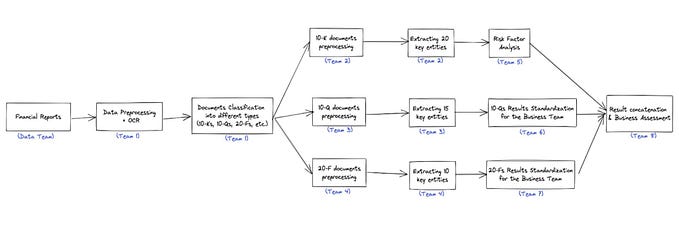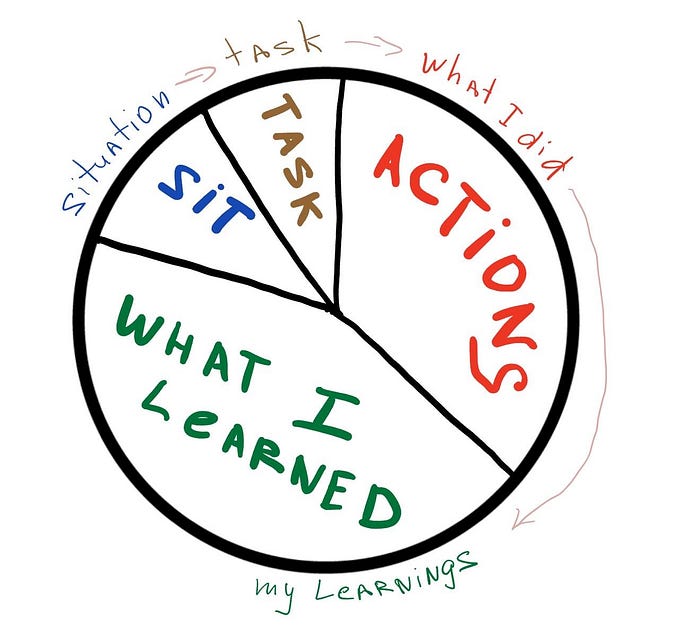How much should a delivery cost?
For immediate (so-called “on-demand”) orders, Hopscotch’s delivery prices currently range from $6.50 to $20, depending on distance. We deliver islandwide within Barbados. Most people seem to think this pricing is reasonable, but some have said it’s too expensive. So I want to explain some of the thinking behind what we charge.
In what follows, I’ll focus on on-demand deliveries, those we aim to complete within about an hour. Hopscotch also delivers “same-day” and “next-day,” meaning we promise delivery at some point today or on some future date, respectively. These deliveries are cheaper because we can bundle them, allowing us to spread costs across multiple trips. We bundle relatively few of our on-demand deliveries, since they’re time-sensitive.
The two major components of a delivery’s cost are the driver’s wages and the fuel cost. There are other costs we consider, including road tax, vehicle insurance, servicing, maintenance, and depreciation, and the cost of communicating with customers, but these expenses account for a relatively small proportion of the total. For simplicity’s sake, I won’t bother with them here.
Wages
A driver’s wages depend on how long a delivery takes and their pay rate per hour. How long a delivery takes depends on how far the driver must travel, their wait time at the collection and drop-off points, and their driving speed.
It’s useful to think of the total distance a driver must travel as some multiple of the on-the-road distance between the collection and drop-off points (the “delivery distance”). I doubt it’s possible to determine this multiple independently of experience. We know it must be greater than 1, because the driver generally has to travel to the collection point from their current location. But beyond that, we only know that it depends on the delivery distance and the distribution of customers. The latter determines where the driver is likely to have ended up when they finished their previous delivery— that is, their starting point for the current delivery.
For our current distribution of orders and customers, the multiple is about 2. In other words, the distance we travel to deliver an order to you is roughly the distance you’d travel were you to collect the order yourself and return to your starting location.
Drivers spend considerable time waiting around. When collecting, they must park and walk into the building, wait until the items are ready and packaged, confirm they’re getting the right things, then carry them back to their vehicle. At drop-off, they must wait for the recipient to come outside, and sometimes accept payment and make change. Collections typically take about about 10 minutes, and drop-offs about 5 minutes.
As for delivery speeds, our drivers travel at about 18 miles per hour, on average. If that seems low, remember they often have to deal with traffic.
We could argue about how much delivery drivers should be paid, but let’s assume it’s a minimum wage job. At the moment, there’s no standard minimum wage in Barbados. However, the minimum wage for shop assistants, now the de facto minimum across all sectors, is $6.25 per hour. The current government has pledged to raise this to $8 per hour, so I’ll use this rate here.
With a little arithmetic and basic physics, the information above is enough to calculate the wage portion of the delivery cost. Let’s turn now to the fuel cost.
Fuel
A delivery’s fuel cost depends on the distance travelled, the vehicle’s fuel economy, and the retail fuel price. We can already calculate the distance travelled from the analysis above.
Most of our drivers use sedans. Some delivery companies use motorcycles or scooters instead, since they may be better at circumventing traffic, and consume less fuel. Globally, these tend to be popular in cities.
But these vehicles also have downsides. They may have to be outfitted for deliveries, drivers may stop and shelter when it rains, and their carrying capacity is limited. There are also far fewer people who ride motorcycles than drive cars, making hiring and replacing agents more difficult.
The fuel economy of a new sedan is typically more than 30 miles per gallon (mpg). For particularly efficient vehicles, such as the Suzuki Swift, popular locally, it’s more than 40 mpg. But Hopscotch drivers are likely to have older, less fuel-efficient vehicles. In this analysis, I’ll assume a fuel economy of 25 mpg.
I’ll also assume that the vehicle fuel is gasoline, rather than diesel, to reflect the typical local car. The current retail gasoline price in Barbados is $3.16 per litre.
That’s enough to calculate the fuel portion of the delivery cost.
So, how much?
In the table below, the first column represents the on-the-road distance between the collection and drop-off points. The second gives an example of such a distance, assuming Dome Mall as the collection point. The third is a rough estimate of how much it costs Hopscotch to deliver items on-demand over that distance, according to the simplified analysis above.

These costs are substantial underestimates. As I said, they don’t include the non-fuel expenses required to keep a vehicle on the road, including road tax, insurance, and servicing. They don’t include the telecommunications fees drivers incur when contacting customers manually, or those Hopscotch pays when initiating automated text and voice messages. They don’t include the cost of national insurance (12.75% of wages) for our hourly-paid drivers. In the 12 months to April, 2020, the retail gasoline price averaged $3.69, 17% higher than its current level. Finally, the costs don’t include value-added tax (VAT), currently 17.5%. Sooner or later, all but the smallest companies will have to register for VAT, and likely pass it on to the customer.
Even so, it’s clear that deliveries of even moderate distance (say, about 4 miles) will cost the delivery provider at least $10. Very long deliveries can cost upwards of $30. All else being equal, Hopscotch would need to charge more than this to keep the lights on.
You might remember that we currently cap our delivery fees at $20. This means we’re losing money on some of our deliveries. We’ll run the numbers periodically, to see whether our profits on shorter trips outweigh our losses on longer ones.
If they don’t, we’ll have three choices. The first is to keep losing money, perhaps as a short-term tactic to win the market, and worry about profit later. The second is to stop offering on-demand delivery at longer distances. The third is to raise prices.
If we choose doors #2 or #3, you’ll know the rationale behind our decision.







